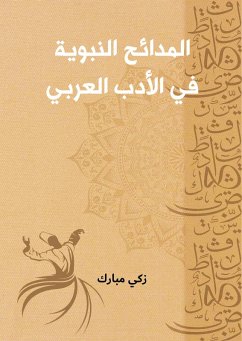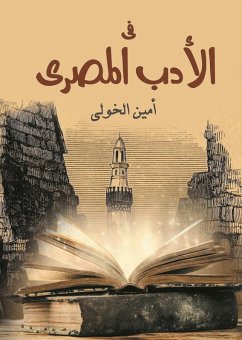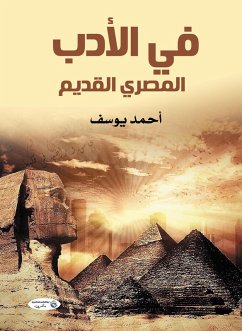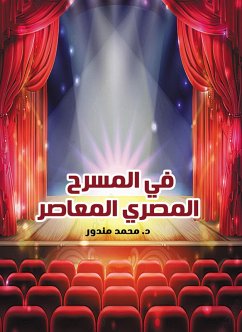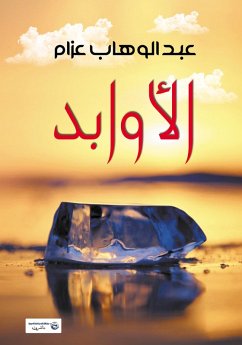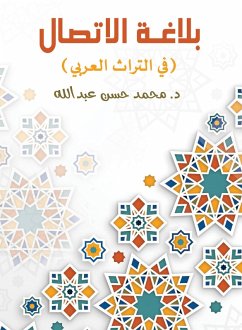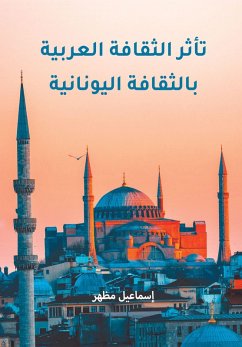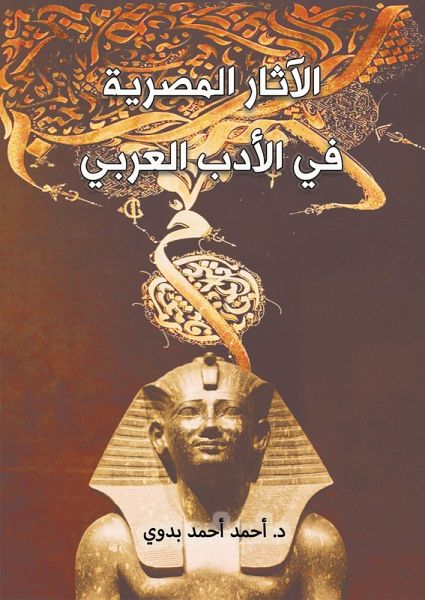
Egyptian Monuments in Arab Literature (eBook, ePUB)

PAYBACK Punkte
0 °P sammeln!
Egyptian antiquities were a source of admiration for people in ancient and modern times, to the point that Al-Jahiz and others said: There are thirty wonders of the world, ten of which are in the rest of the country and the remaining twenty are in Egypt. They are: the two pyramids, which are the tallest and most impressive building. There is no building on earth taller than them, and if you saw them you would think they were two placed mountains. Al-Suyuti goes on to enumerate the wonders of antiquities in ancient Egypt in his book Hassan Al-Muhadha, and many historians have joined him in desc...
Egyptian antiquities were a source of admiration for people in ancient and modern times, to the point that Al-Jahiz and others said: There are thirty wonders of the world, ten of which are in the rest of the country and the remaining twenty are in Egypt. They are: the two pyramids, which are the tallest and most impressive building. There is no building on earth taller than them, and if you saw them you would think they were two placed mountains. Al-Suyuti goes on to enumerate the wonders of antiquities in ancient Egypt in his book Hassan Al-Muhadha, and many historians have joined him in describing them, such as Ibn Fadlallah Al-Omari in his book Al-Masalik wal-Mamalik, and Al-Masoudi in his book Muruj Al-Dhahab. In their history of these monuments, it appeared in the way people viewed them in their eras and the opinions they inherited from their ancestors about the creation of these monuments, some of which were superstitious, sparked by admiration for them and ignorance of the language in which they were written. The modern era has revealed many effects that were not known before, and those known in ancient and modern times have resonated in Arabic poetry for a long time. We are now taking a comprehensive overview in which we study much of what the poets created in these works.
Dieser Download kann aus rechtlichen Gründen nur mit Rechnungsadresse in A, B, BG, CY, CZ, D, DK, EW, E, FIN, F, GR, H, IRL, I, LT, L, LR, M, NL, PL, P, R, S, SLO, SK ausgeliefert werden.




